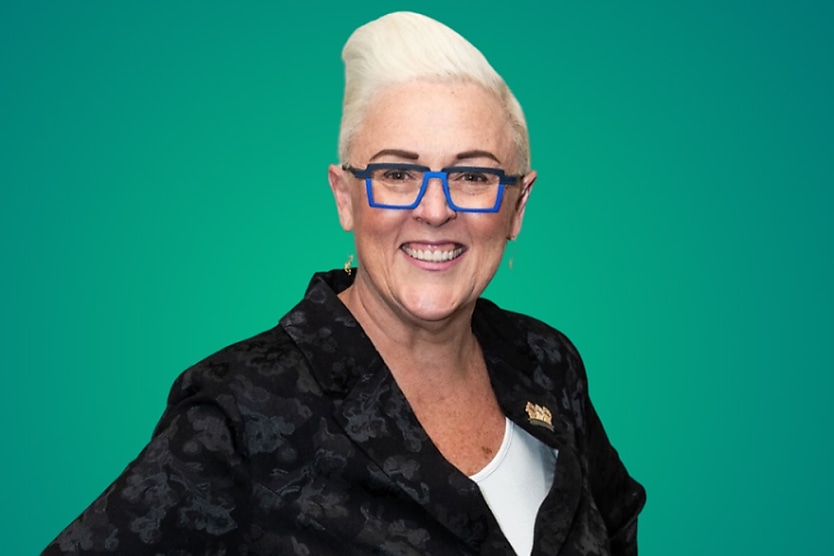Public v private sectors: Which is dropping the ball on gender pay?
SHARE THIS ARTICLE

After the recent release of the first comparable results of the gender equality performance of the Commonwealth public sector, an in-depth comparison can now be made between the public and private sectors.
The Workplace Gender Equality Agency (WGEA) gender pay gap reporting now has collective data of both the public and private sectors, highlighting the difference in progress between the two sectors and how they’re going about dispelling gender pay disparity.
Nationally, WGEA reported that the median total remuneration gender pay gap is 19 per cent. This means that over the course of a year, the median of what women are paid is $18,461 less than the median of what men are paid.
By way of comparison, the public sector’s mid-point of their employer gender pay gaps was lower than the private sector, as 50 per cent of employers have a median total remuneration gender pay gap above 6.9 per cent compared to that of the private sector, which sits at 9.1 per cent.
Other factors, such as management positions, were very balanced in the public sector, with 48 per cent of all Commonwealth public sector employers having a gender-balanced management team (compared to 27 per cent in the private sector).
HR Leader reached out to diversity, equity, and inclusion specialist and campaigner Michelle Redfern about the distinct differences between the progress of each sector and what they need to improve on as this reporting continues.
“Several critical factors drive the public sector’s accelerated progress in closing the gender pay gap. Legislative mandates and stringent reporting requirements, including mandatory reporting on gender equality indicators to the Workplace Gender Equality Agency (WGEA), assist in fostering a culture of transparency and accountability,” Redfern said.
“Comprehensive sector-wide reforms, such as the Australian Public Service Gender Equality Strategies and hard targets for gender balance on government boards, ensure that gender equality is part of the operating cadence of the APS (Australian Public Service) across all elements of the employee life cycle.”
Although these reasons are strong for why the public sector has seemingly leapt over the private sector in terms of its progress towards dispelling gender wage disparity, Redfern highlights public pressure as the ultimate motivator.
“However, I consider the heightened public scrutiny from the media, government bodies, and the public compels leaders in the APS to be much more effective at implementing gender equality strategies, which includes monitoring and reporting on progress, than the private sector generally,” Redfern said.
As far as the private sector goes, Redfern has some confidence in their ability to continue to progress in dismantling rampant gender pay gaps.
“I remain cautiously optimistic that the private sector can accelerate progress in closing the gender gap, despite other Western countries like the USA experiencing a backlash against diversity, equity and inclusion initiatives more broadly,” Redfern said.
“I always say ‘follow the money’, so the economic incentives associated with closing the gender gap will continue to play a crucial role, as research consistently shows that diverse and inclusive workplaces perform better financially.
“The business case is there, as proven by WGEA’s commissioned research from the Bankwest Curtin Economic Centre, which shows a causal link between gender equality and company business outcomes outperformance.”
It’s clear that the private sector is economically minded. It comes down to stakeholders understanding the importance of breaking down this disparity, and as Redfern pointed out, the business benefits are evident.
“Increasing awareness and advocacy from stakeholders – employees, investors, and consumers – will also continue to play a part in private sector companies prioritising gender equality. Those who ‘win’ in the competitive talent marketplace will be those organisations that prioritise workplace gender equality because they understand that failure to do so will risk damaging their reputation and eroding stakeholder trust.”
At the same time, the WGEA reporting adds a layer of accountability, and if private sector businesses are not willing to try, then they have to face the backlash when their results are released. Having those results can negatively reflect your business and deter both consumers and potential talent from your organisation.
“However, for the private sector to make more than the current glacial progress, companies must be held to account through regulatory pressure from the government that goes beyond reporting and requires companies to evidence their action taken to implement corrective measures,” Redfern said.
“Furthermore, the private sector will benefit from being shown how to close the gap by investing in continuously upskilling business leaders and the HR sector with DEI skill sets to dismantle the systems and behaviours perpetuating the gender gap.”
The public sector, however, isn’t holier-than-thou in this case, as Redfern said: “The clear call out is that the gender gap is not closed in the APS. It is simply less than the private sector.”
The job is nowhere near finished; therefore, the work must continue, and by adopting new approaches and looking upon new strategies, the public sector can continue to progress towards a fairer and more inclusive workforce.
“There is still plenty to do, and as workplaces and social expectations evolve, APS leaders must continue to address skill and behavioural deficits. One clear opportunity is to take a more intersectional approach to gender equity. Women are not one homogeneous group, and APS leaders must not adopt a ‘one-size-fits-all-women’ approach to their strategies,” Redfern said.
“That means considering race, disability, age, and sexual identity at a minimum when developing strategies. I’ll call out again the need for continuous education and training for people managers so that they are more inclusive of women from all walks of life and identities.”
RELATED TERMS
The term "gender pay gap" refers to the customarily higher average incomes and salaries that men receive over women.
Kace O'Neill
Kace O'Neill is a Graduate Journalist for HR Leader. Kace studied Media Communications and Maori studies at the University of Otago, he has a passion for sports and storytelling.

